Removing Carbon Dioxide Through Seaweed Cultivation: Legal Challenges and Opportunities
Law Columbia
SEPTEMBER 7, 2021
The Sabin Center today released the second in a series of white papers discussing legal issues associated with different ocean-based carbon dioxide removal techniques. the growing of kelp and other macroalgae which may be harvested for food, bioenergy, or other uses or sunk in the ocean to sequester the carbon it contains.


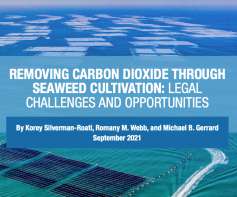
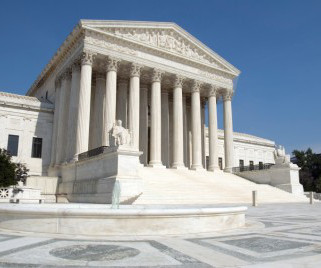
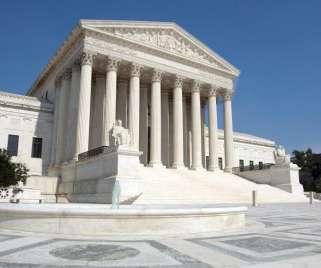


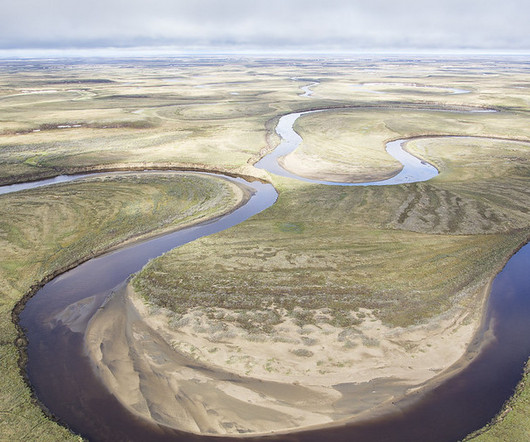
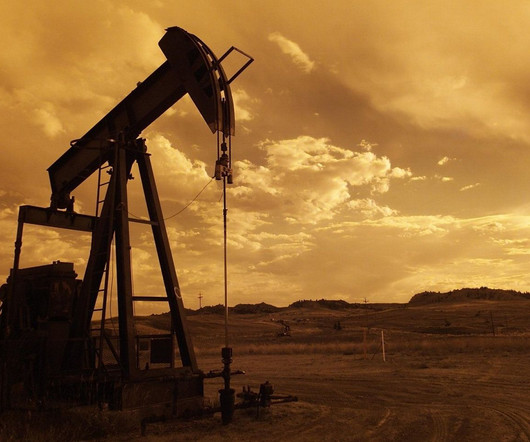

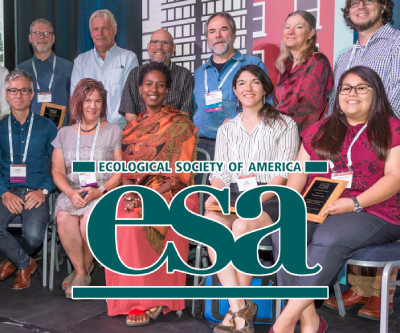
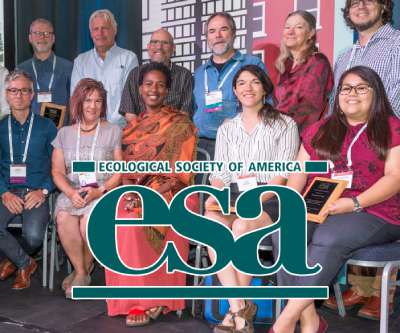

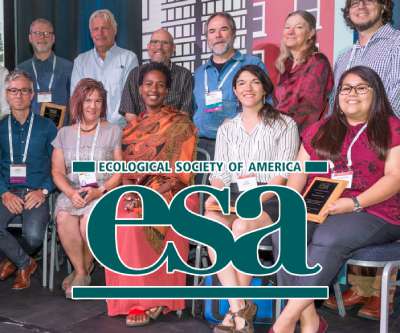



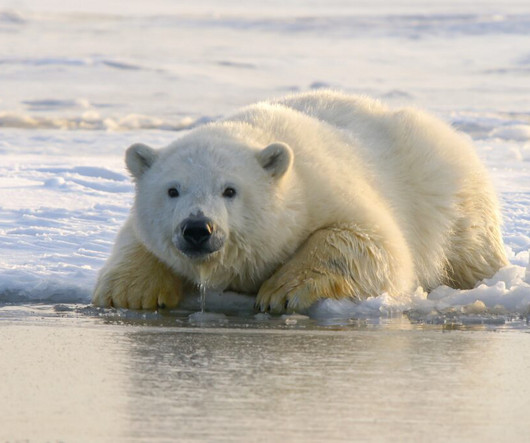
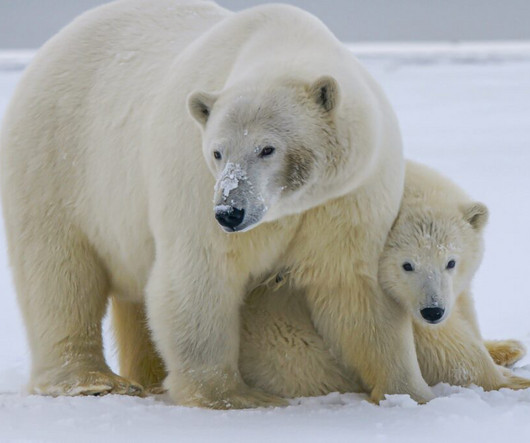


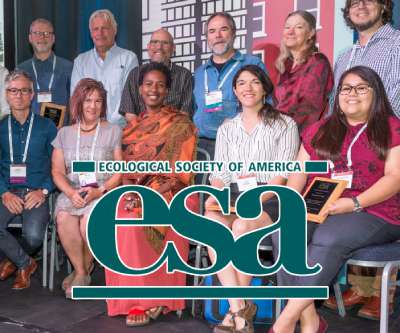


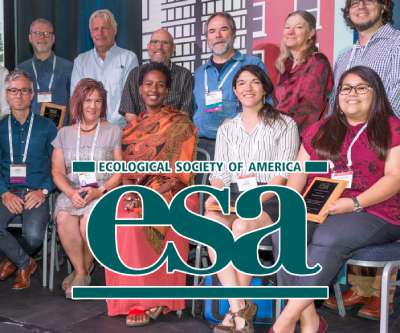

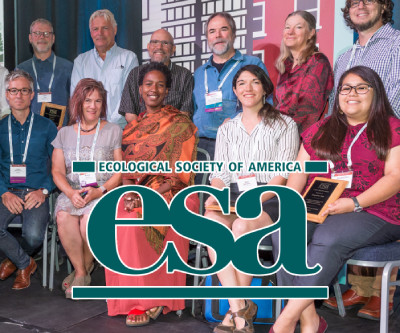












Let's personalize your content